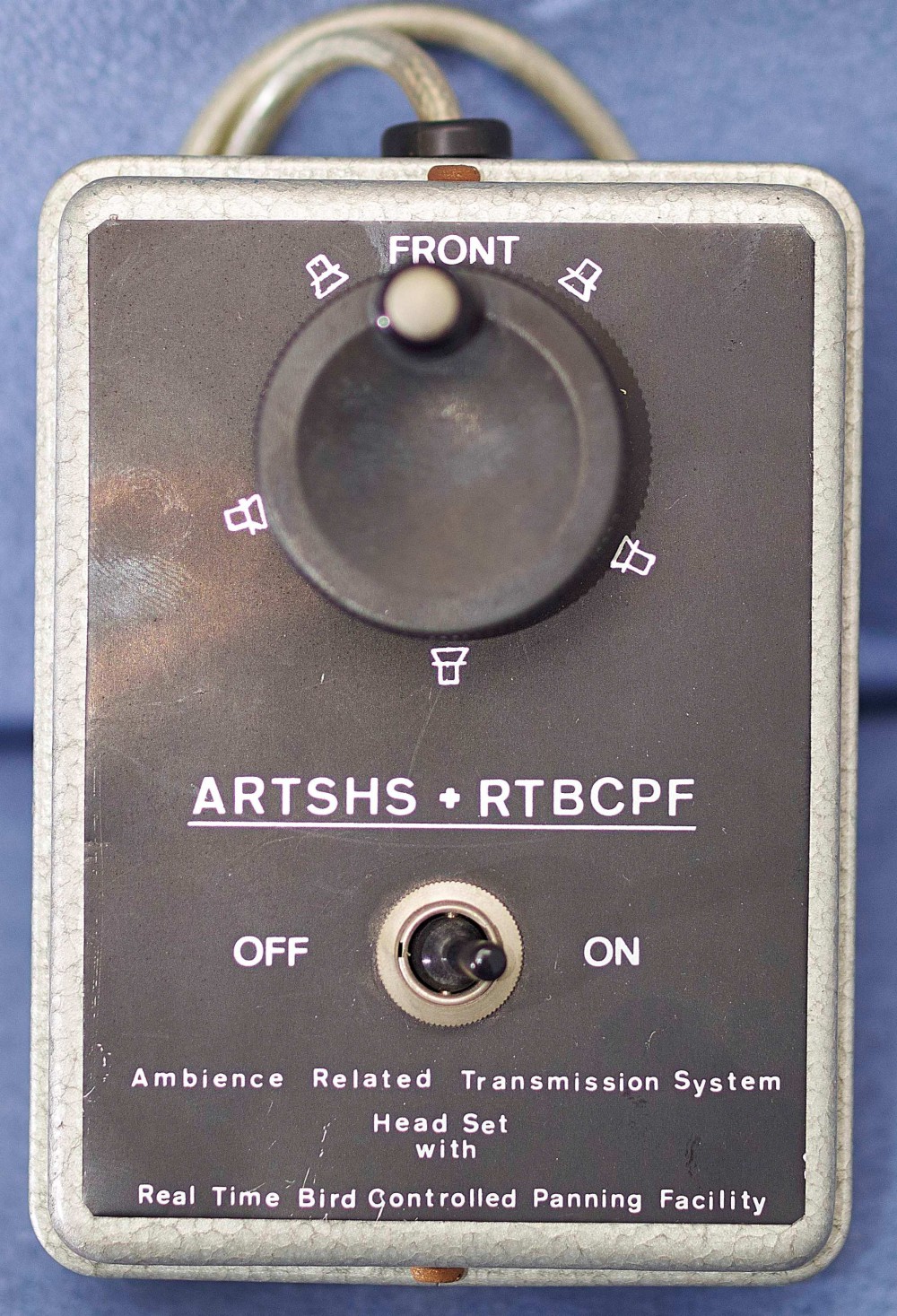Surround and SACD
Super Audio CD (SACD) provides unsurpassed audio quality in stereo and surround, in a format that is both forwards and backwards compatible with a conventional CD (Hybrid SACD’s play in all CD players, and all SACD players play CD’s). The format has received rave reviews for it’s sound quality, and is now widely available in both stand-alone and combi-players.
The superior format
Super Audio CD stores audio information in the DSD (Direct Stream Digital) format, a single bit format with an extremely high sample rate (2.8 MHz, 64 times the CD sample rate of 44.1 kHz). This allows signals of up to 100 kHz to be recorded (CD is limited to 20 kHz) and provides a huge dynamic range of 120 dB within the audible range.
Polyhymnia has been involved in the development of Super Audio CD since 1997, long before the format was launched. Some of the first-ever experimental DSD recordings were made by Polyhymnia engineer Erdo Groot, using an experimental Philips Electronics recording system (which could only record a few minutes of 8 channel DSD material before the hard disks were full). Test recordings in Finland with conductor Valery Gergiev and in London with conductor John Elliot Gardiner were used to evaluate both the DSD recording quality and various surround microphone techniques. Erdo also engineered the first complete multichannel Super Audio CD recording – a live concert with the Budapest Festival Orchestra, recorded in August 1999.
Since then Polyhymnia has been constantly working on SA-CD projects, improving and extending our recording techniques. We offer complete support for SA-CD release, from the original DSD recording, editing and mixing. We include SA-CD text support to produce the final SA-CD authored master for delivery to the factory.
Experimenting
Over the last 15 years Polyhymnia has continued to experiment with surround microphone set-up and play back systems. We have tried many different microphone set-ups and evaluated their sonic qualities in a play-back system, arranged according to the ITU surround sound recommendations. Since the announcement of the new multi-channel hi-resolution play back systems, more then 16 years ago, we have continued to intensify our search for a basic multichannel main microphone set-up that can work in different venues and orchestral settings. The set-up currently used is a pure empirical one using nothing more then our ears to evaluate its performance and capabilities.
In the cinema surround sound has been around for even longer, and we see developments there as well. For the last couple of years we have been part of a series of live transmissions from the Bolshoi Theatre to cinemas all of Ballet and Opera performances. Here we work on providing the sound for the theaters combining our knowledge of surround sound microphone techniques for consumer playback environment to the playback environment of the large cinema auditorium. We have also been assisting the Frauenhofer Institute with recording in 22.2 channels in the DSD format.

